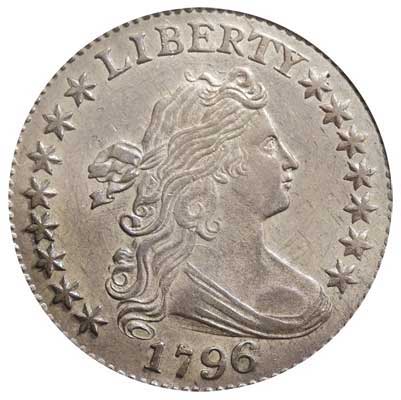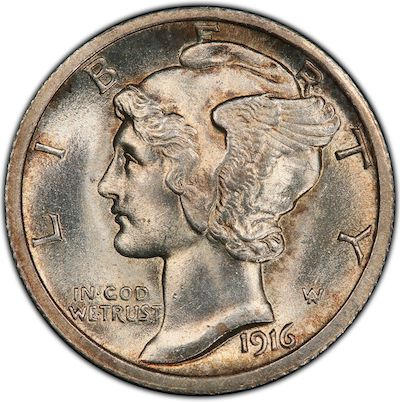Dime Coin Value Checker
Dime Coin Value Checker
Dime Varieties

Bust Dime
(1796-1837)

Seated Liberty Dime
(1837-1891)

Barber Dime
(1892-1916)

Mercury Dime
(1916-1945)

Roosevelt Dime
(1946-present)
Dime Coin Value By Years Table
Dime Coin Grading Guides
How to Grade Indian Head Penny?
How to Grade Lincoln Wheat Penny?
Dime History
The humble dime, a mainstay in our pockets and a symbol of small change, boasts a rich history dating back to the early days of the United States. Its story is one of evolving designs, changing materials, and even mistaken identities.
The dime’s journey began in 1792 with the Coinage Act, authorizing a “disme,” worth one-tenth of a dollar. However, these early dimes, minted in 1792 and 1794, never saw circulation due to low demand and production issues.
In 1796, the Draped Bust dime, featuring Lady Liberty on the obverse and an eagle on the reverse, became the first widely circulated ten-cent piece. This design, along with its successors like the Seated Liberty dime, held sway for decades.
One of the most iconic dimes emerged in 1916: the Mercury dime. Designed by Adolph Weinman, it featured a youthful Liberty with a winged cap, often mistaken for the Roman god Mercury. The reverse displayed symbols of strength and peace, earning it praise for its beauty and artistry.
The year 1946 marked a significant shift. To honor President Franklin D. Roosevelt’s support for the fight against polio, his portrait replaced Lady Liberty on the dime. This design, featuring a torch, olive branch, and oak branch on the reverse, has remained unchanged ever since.
While the Roosevelt dime holds the current stage, the dime’s history is far from over. Commemorative issues and special finishes continue to capture collectors’ imaginations, reminding us of the dime’s enduring role in American culture and commerce.
So, the next time you reach for a dime, remember its rich past, from the early days of the Republic to its modern incarnation. It’s a small piece of metal with a big story to tell.
